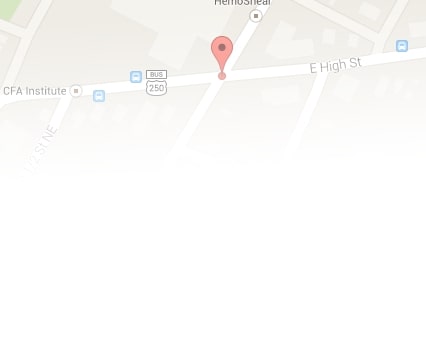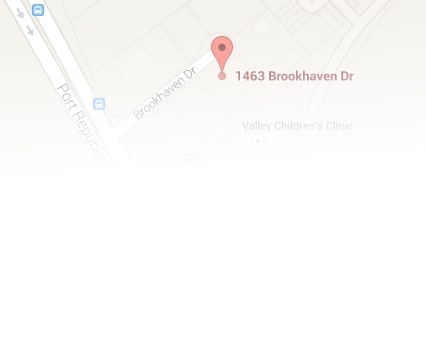When you have been injured by another person’s neglect, it can feel overwhelming to construct your case to ensure the best chance of receiving the financial compensation you deserve. This five-part series on understanding a negligence action provides an informational overview, and the Personal Injury Lawyers at MartinWren, P.C. can assist you in seeking the damages your personal injury claim warrants.
A negligence action has four components: duty, breach of duty, causation, and harm. The plaintiff in each personal injury case must establish that the defendant was under a duty to use due care to not injure the plaintiff, the defendant breached this duty, and this breach of duty was the specific and legally recognized cause of the specific injury to the plaintiff (harm). A plaintiff who has proved each of these elements is entitled to financial compensation, also known as damages.
WHEN IS AN ACTION CONSIDERED NEGLIGENT?
Over the next four posts in this series, we will cover each component of a negligence action in greater detail, but before we dive into individual pieces of the negligence puzzle, we must understand the foundation of negligence claims.
We all have a general duty not to injure others; when a person acts in such a way that could cause harm to another person, the person’s actions can be considered negligent. If this action (or lack of action in some cases) is considered negligent, the party exhibiting the negligent action can be held liable for damages that ensue.
For example, a person operating a motor vehicle assumes the duty to use due care and drive in such a way that prevents foreseeable injury to those around his or her vehicle. If a driver runs a stop sign, the vehicle’s operator places other drivers at risk of injury. Here, the driver would have a duty and, by not stopping, the driver would have breached the duty.
If this action causes harm, the action is considered a breach of duty, and thus is a negligent behavior. If a car strikes another vehicle specifically because the driver did not stop at the stop sign, the injured driver can seek compensation for damages caused by the car accident.
While there is no relationship or explicit contract between the negligent and injured parties in our car accident example, there still exists a duty to the injured party. This is because the parties’ close proximity in time and space created the possibility of injury to the plaintiff due to the negligent action.
The duty to not cause harm resulting from the absence or initiation of an act is one that is “owed to mankind generally,” as stated by the Supreme Court of Virginia, and it is applied in car accident cases regardless of prior relationship.
For a legal consultation with a personal injury lawyer, call (434) 817-3100
LET US HELP YOU SEEK JUSTICE FOR YOUR INJURY
Establishing a duty for the defendant is a key factor in establishing liability and fault in personal injury legal cases. The Virginia Personal Injury Lawyers at MartinWren, P.C. Attorneys at Law can help you navigate this common yet potentially tricky legal concept. While a basic personal injury claim can follow a logical pattern of duty and breach of duty, every case has intricacies that will be handled with utmost care and attention to detail by our Personal Injury Lawyers.
Residents who are injured in Charlottesville, Virginia can contact the law offices of MartinWren, P.C. Our caring and experienced legal team helps injury victims and their families evaluate a personal injury in the Central VA area. Let us help you seek justice under the law. For more information, please contact us today for a free consultation.
Call (434) 817-3100 or complete a Case Evaluation form



